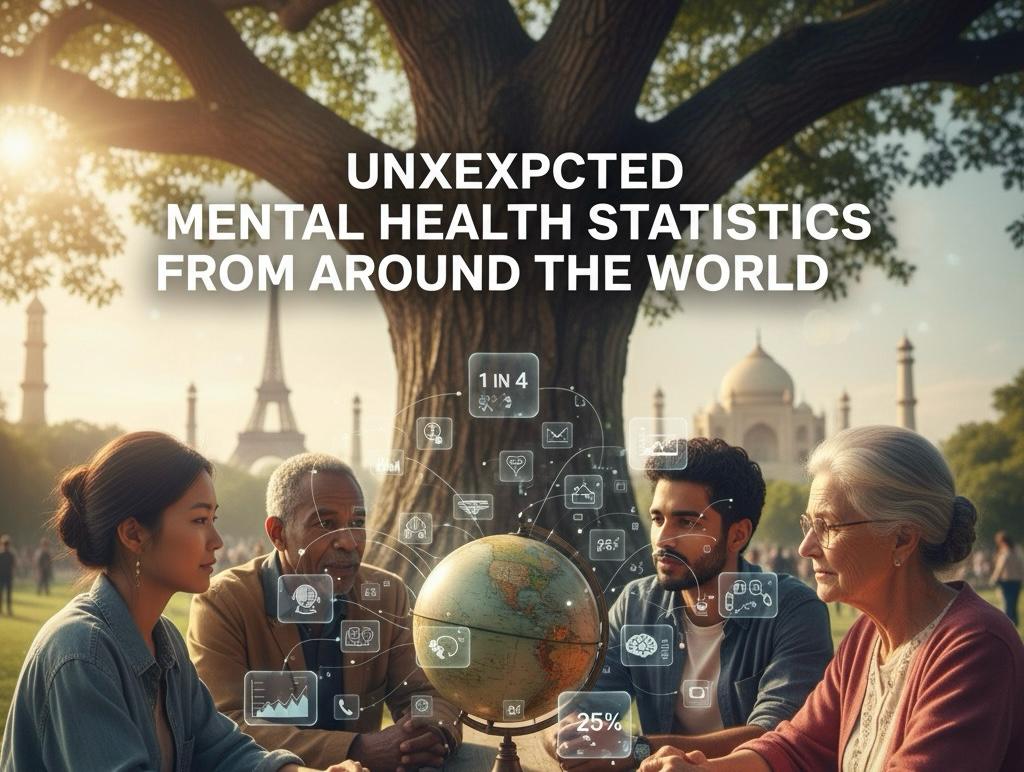The Diagnostic and Statistical Manual of Mental Disorders, Fifth Edition (DSM-5), published by the American Psychiatric Association (APA) in 2013, serves as the primary reference for diagnosing mental health conditions worldwide. As a critical tool for clinicians, researchers, and educators, the DSM-5 establishes standardised criteria for identifying, classifying, and understanding mental disorders. This article examines the history, structure, updates, and significance of the DSM-5 while addressing its impact on mental health practice and its critiques.
Keywords: DSM-5, Diagnostic and Statistical Manual of Mental Disorders, DSM-5 overview, DSM-5 mental health classification, DSM-5 diagnostic criteria, DSM-5 vs DSM-IV, DSM-5 new disorders, Autism Spectrum Disorder in DSM-5, DSM-5 substance use disorders, DSM-5 multiaxial system changes, DSM-5 mental health diagnoses
1. History of the DSM
The DSM was first published in 1952 as a collaborative effort to standardise psychiatric diagnoses across the United States. Its initial editions focused on categorising disorders based on clinical observations rather than empirical evidence (APA, 2013). Over the decades, revisions of the DSM incorporated advancements in psychiatric research, with the DSM-5 representing the most comprehensive update to date. The current edition emphasises evidence-based criteria, improving diagnostic reliability and validity (Regier, Narrow & Kupfer, 2013).
2. Structure and Organisation
The DSM-5 is divided into three primary sections:
- Section I provides an introduction to the manual, including instructions on its use.
- Section II lists diagnostic criteria and classifications for mental disorders, organised into 20 major categories such as neurodevelopmental disorders, anxiety disorders, and mood disorders.
- Section III includes emerging measures and models, such as assessment tools and conditions requiring further research (APA, 2013).
3. Key Updates in the DSM-5
The DSM-5 introduced several significant changes compared to its predecessor, the DSM-IV-TR, including:
- Elimination of the Multiaxial System: The DSM-5 removed the multiaxial diagnostic system, streamlining the evaluation process (APA, 2013).
- Autism Spectrum Disorder (ASD): The DSM-5 combined previously separate conditions like Asperger’s Syndrome and Pervasive Developmental Disorder into a single category under ASD (Lord et al., 2018).
- New Disorders: Disorders such as Disruptive Mood Dysregulation Disorder (DMDD) and Hoarding Disorder were introduced to address previously unclassified conditions (Regier, Narrow & Kupfer, 2013).
- Changes to Substance Use Disorders: The DSM-5 merged “substance abuse” and “substance dependence” into a single category, reflecting the continuum of severity in substance-related disorders (Hasin et al., 2013).
4. Significance in Mental Health Practice
The DSM-5 plays a critical role in mental health practice by providing:
- Standardisation: It ensures consistency in diagnoses across practitioners, improving communication and treatment planning.
- Guidance for Treatment: Diagnostic criteria inform evidence-based interventions and therapies.
- Research Foundation: The manual serves as a framework for psychiatric research, aiding in understanding mental disorders and developing treatments (Regier, Narrow & Kupfer, 2013).
5. Critiques and Controversies
Despite its utility, the DSM-5 has faced criticism:
- Overpathologising: Some argue that the manual medicalises normal behaviours, potentially leading to overdiagnosis (Frances, 2013).
- Cultural Bias: Critics highlight the manual’s Western-centric framework, which may not account for cultural variations in mental health expression (Lopez et al., 2017).
- Subjectivity in Diagnosis: Concerns remain about the subjectivity of some diagnostic criteria, which can lead to inconsistent application among clinicians (Regier, Narrow & Kupfer, 2013).
6. Global Impact
The DSM-5 is used internationally, although some countries rely on the World Health Organization’s International Classification of Diseases (ICD) for diagnostic purposes. The DSM-5 and ICD systems often overlap, but the DSM provides more detailed criteria, making it a preferred tool for clinical practice and research in many regions (First, Reed & Hyman, 2015).
Conclusion
The DSM-5 represents a significant advancement in the field of psychiatry, offering a standardised approach to diagnosing and understanding mental disorders. While its updates have addressed many gaps in previous editions, critiques highlight areas for future refinement. As the foundation for mental health diagnosis and research, the DSM-5 continues to influence clinical practice globally, bridging the gap between psychiatry and evidence-based care.
References
- American Psychiatric Association. (2013). Diagnostic and Statistical Manual of Mental Disorders (5th ed.). Arlington, VA: American Psychiatric Publishing.
- Frances, A. (2013). Saving normal: An insider’s revolt against out-of-control psychiatric diagnosis, DSM-5, big pharma, and the medicalization of ordinary life. Psychology Today. Retrieved from https://www.psychologytoday.com.
- First, M. B., Reed, G. M., & Hyman, S. E. (2015). The development of the ICD-11 classification of mental and behavioural disorders. World Psychiatry, 14(1), pp. 82-90.
- Hasin, D. S., et al. (2013). DSM-5 criteria for substance use disorders: Recommendations and rationale. American Journal of Psychiatry, 170(8), pp. 834-851.
- Lord, C., Elsabbagh, M., Baird, G., & Veenstra-Vanderweele, J. (2018). Autism spectrum disorder. The Lancet, 392(10146), pp. 508-520.
- Lopez, S. R., et al. (2017). Culturally adapted DSM-5: Cross-cultural challenges and recommendations. Clinical Psychology Review, 57, pp. 44-57.
- Regier, D. A., Narrow, W. E., & Kupfer, D. J. (2013). The conceptual development of DSM-5. World Psychiatry, 12(2), pp. 126-132.
How to get in touch
If you or your NDIS participant need immediate mental healthcare assistance, feel free to get in contact with us on 1800 NEAR ME – admin@therapynearme.com.au.







